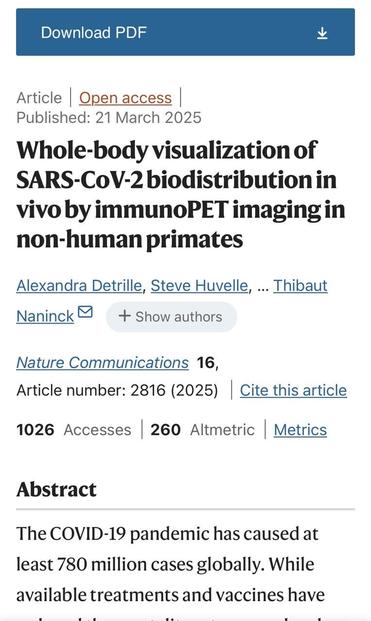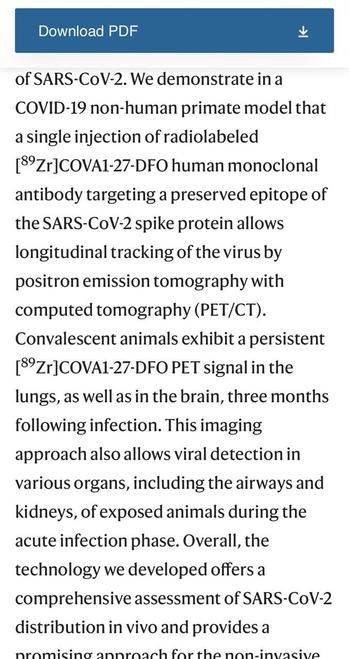Equivocating and Deliberating on the Probability of COVID-19 Infection Serving as a Risk Factor for Lung Cancer and Common Molecular Pathways Serving as a Link
https://www.mdpi.com/2076-0817/13/12/1070
my new edited🧵listing all the important papers that have come out over the past 4 years
actually understood >90% of this thanks to a couple books & lectures prior to reading
every abstract starts the same.. in 2019 SARSCov2 first appeared…
you do not want cancer in any form, yet so many pathways via Covid #ace2 #CovidPapers published December 6, 2024
Equivocating and Deliberating on the Probability of COVID-19 Infection Serving as a Risk Factor for Lung Cancer and Common Molecular Pathways Serving as a Link
The COVID-19 infection caused by SARS-CoV-2 in late 2019 posed unprecedented global health challenges of massive proportions. The persistent effects of COVID-19 have become a subject of significant concern amongst the medical and scientific community. This article aims to explore the probability of a link between the COVID-19 infection and the risk of lung cancer development. First, this article reports that SARS-CoV-2 induces severe inflammatory response and cellular stress, potentially leading to tumorigenesis through common pathways between SARS-CoV-2 infection and cancer. These pathways include the JAK/STAT3 pathway which is activated after the initiation of cytokine storm following SARS-CoV-2 infection. This pathway is involved in cellular proliferation, differentiation, and immune homeostasis. The JAK/STAT3 pathway is also hyperactivated in lung cancer which serves as a link thereof. It predisposes patients to lung cancer through myriad molecular mechanisms such as DNA damage, genomic instability, and cell cycle dysregulation. Another probable pathway to tumorigenesis is based on the possibility of an oncogenic nature of SARS-CoV-2 through hijacking the p53 protein, leading to cell oxidative stress and interfering with the DNA repair mechanisms. Finally, this article highlights the overexpression of the SLC22A18 gene in lung cancer. This gene can be overexpressed by the ZEB1 transcription factor, which was found to be highly expressed during COVID-19 infection.




